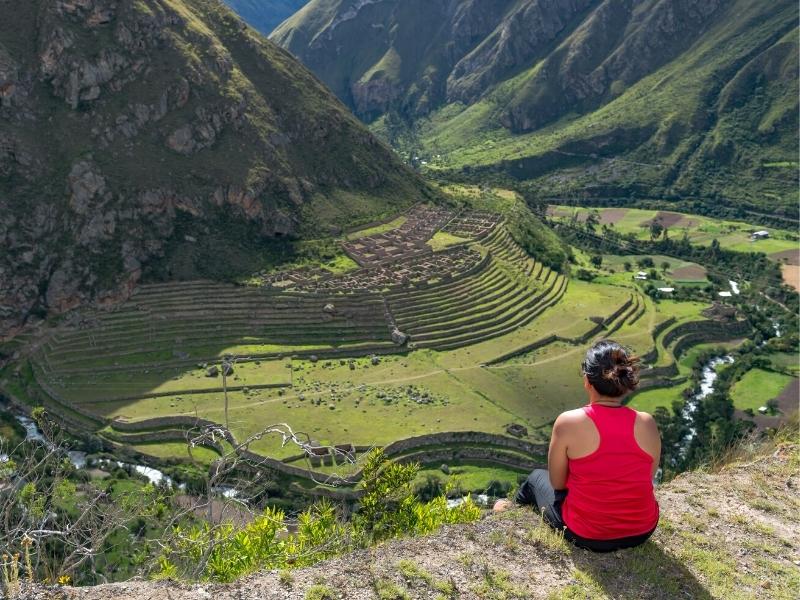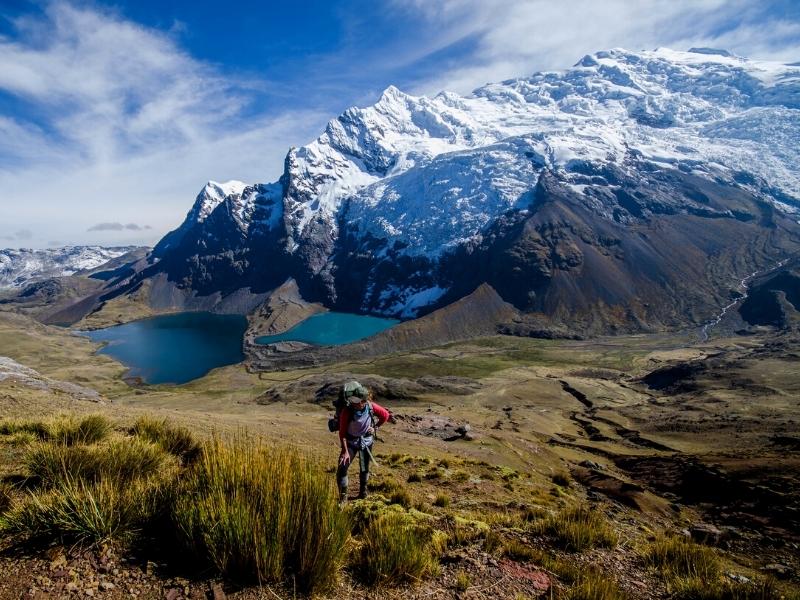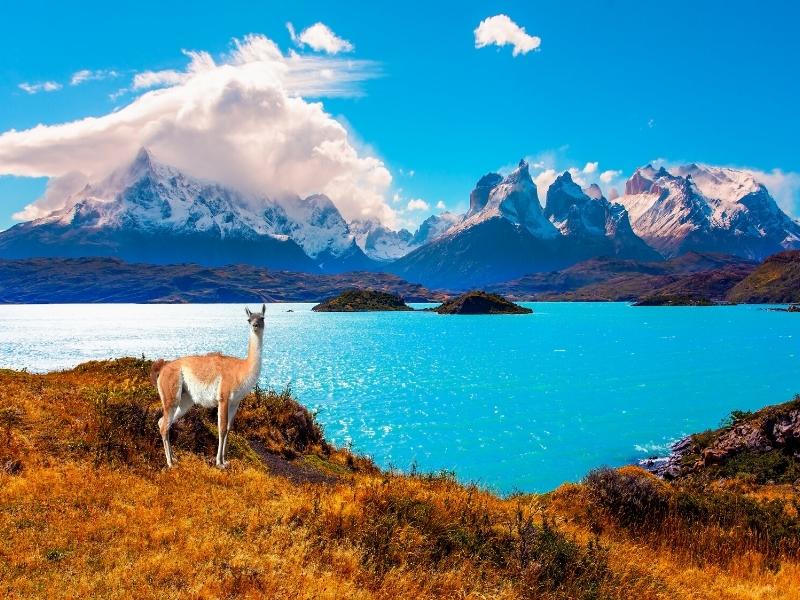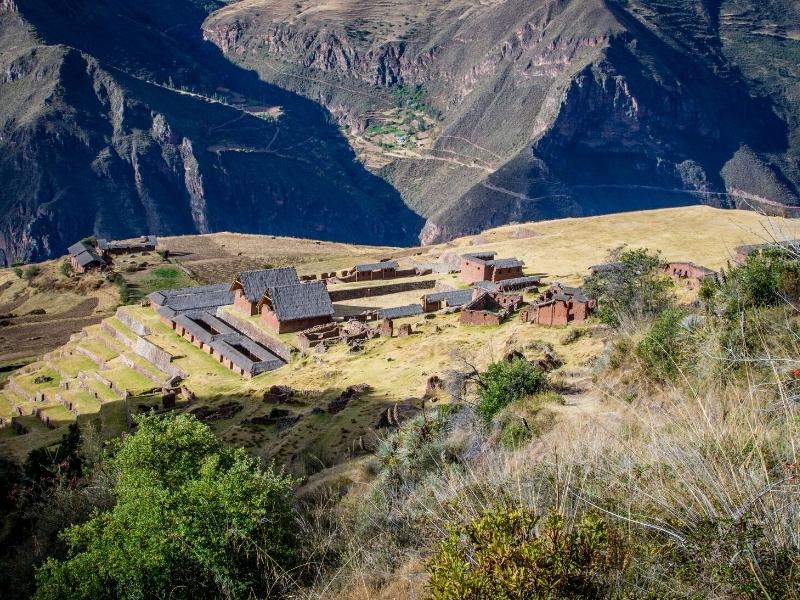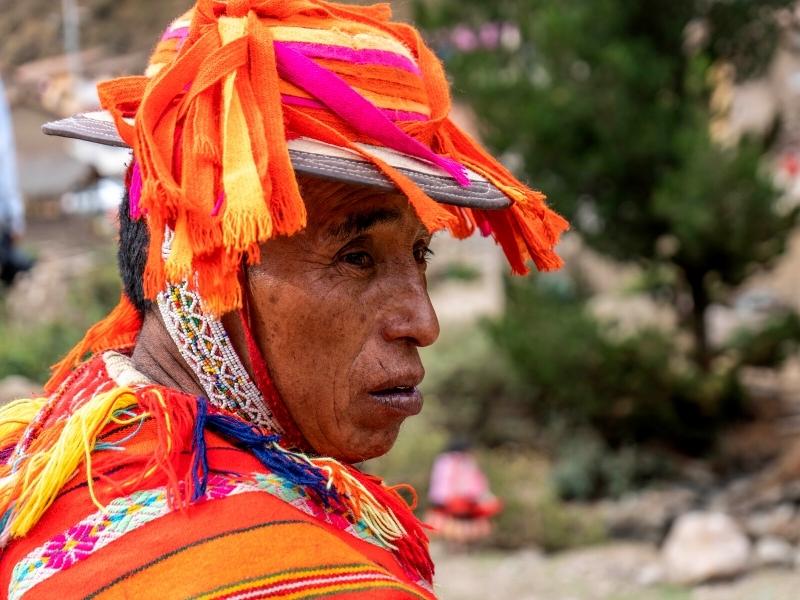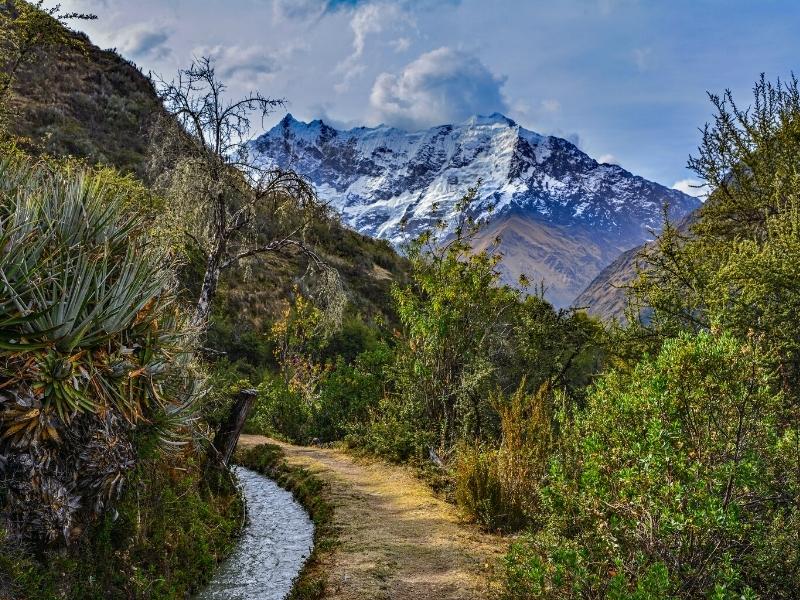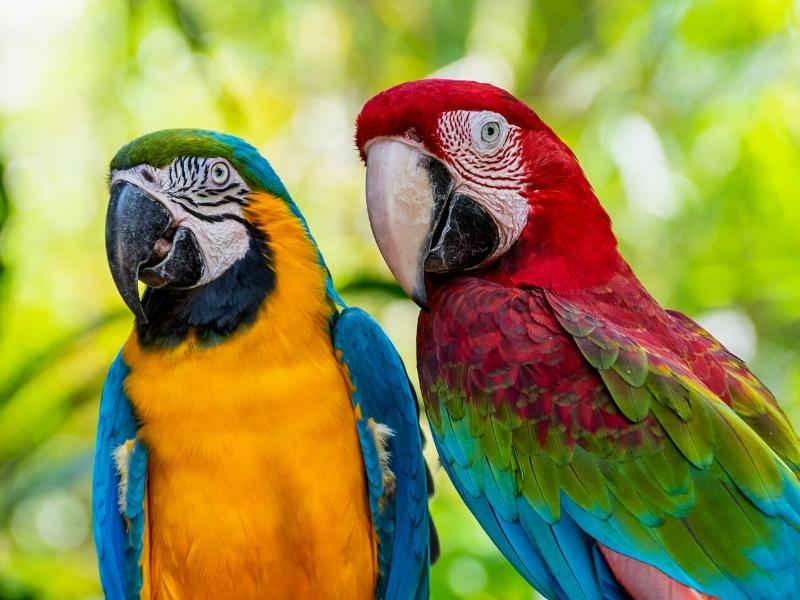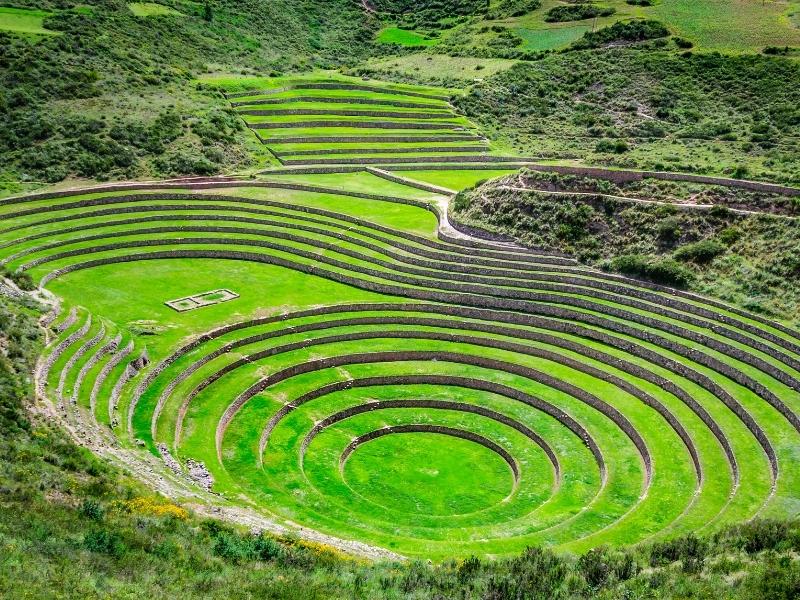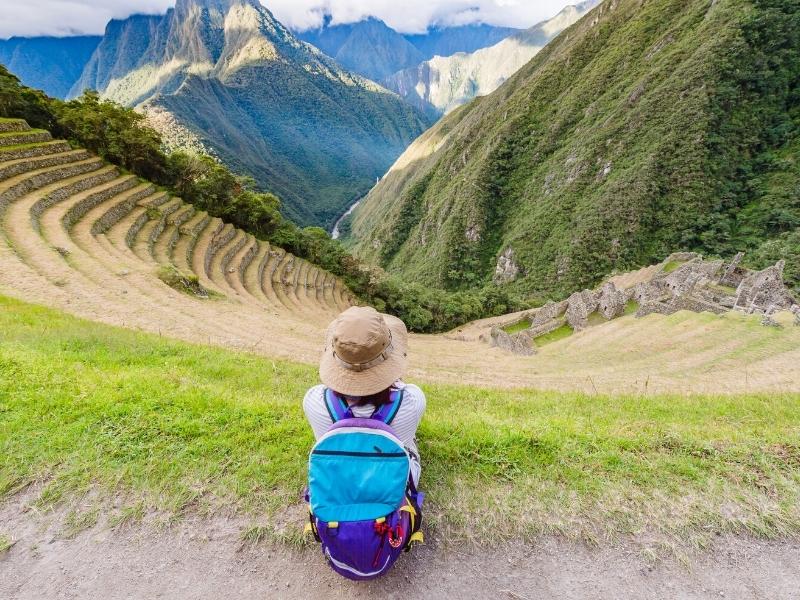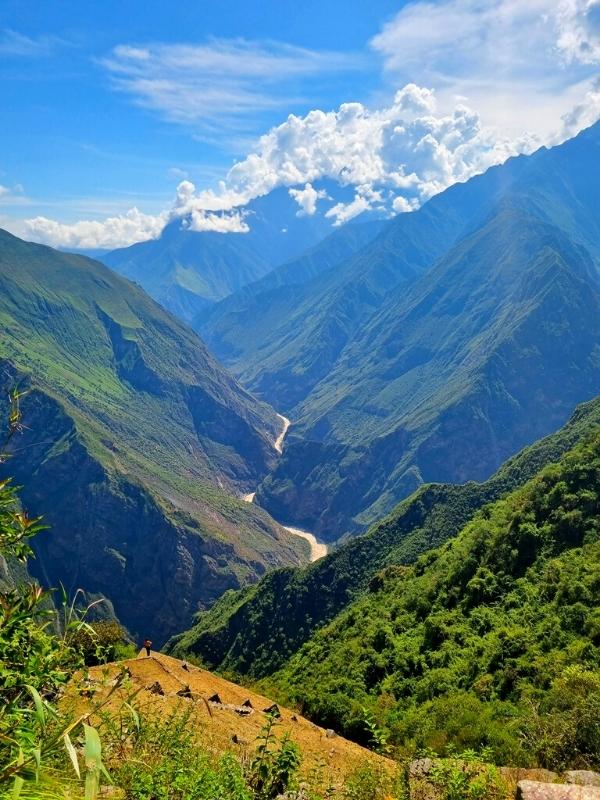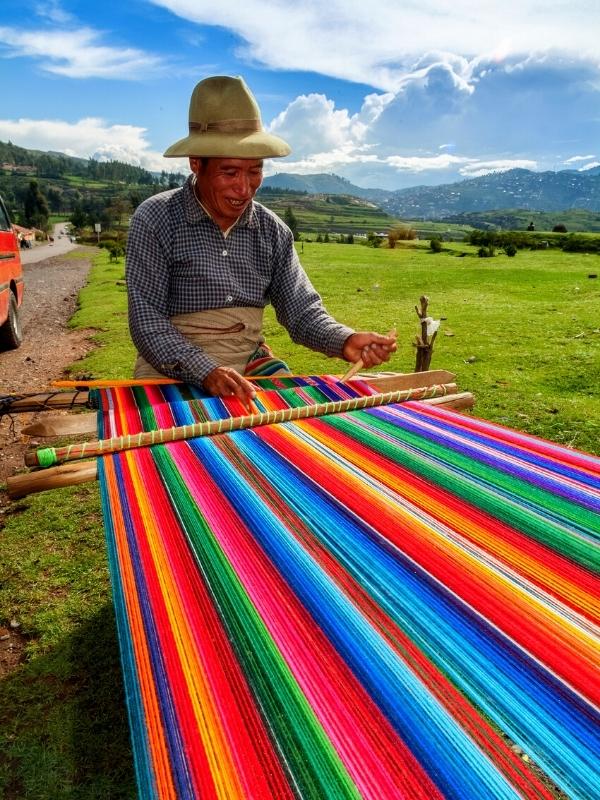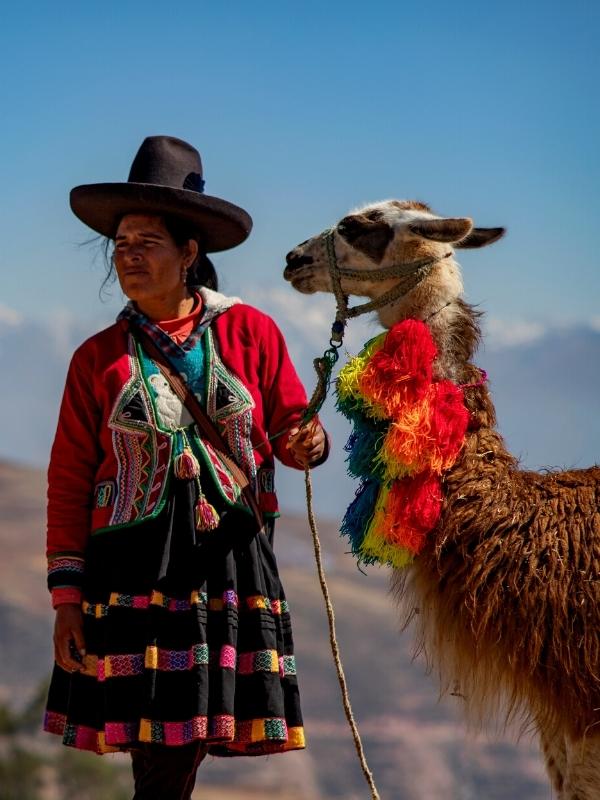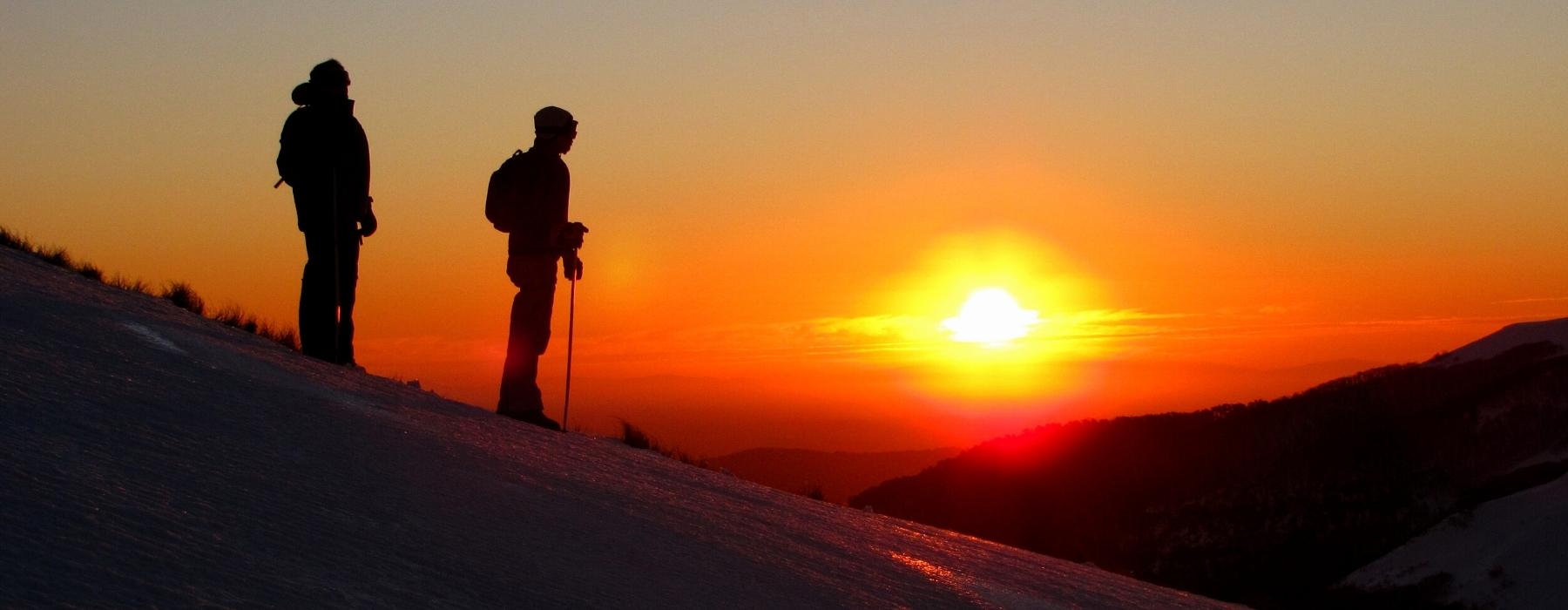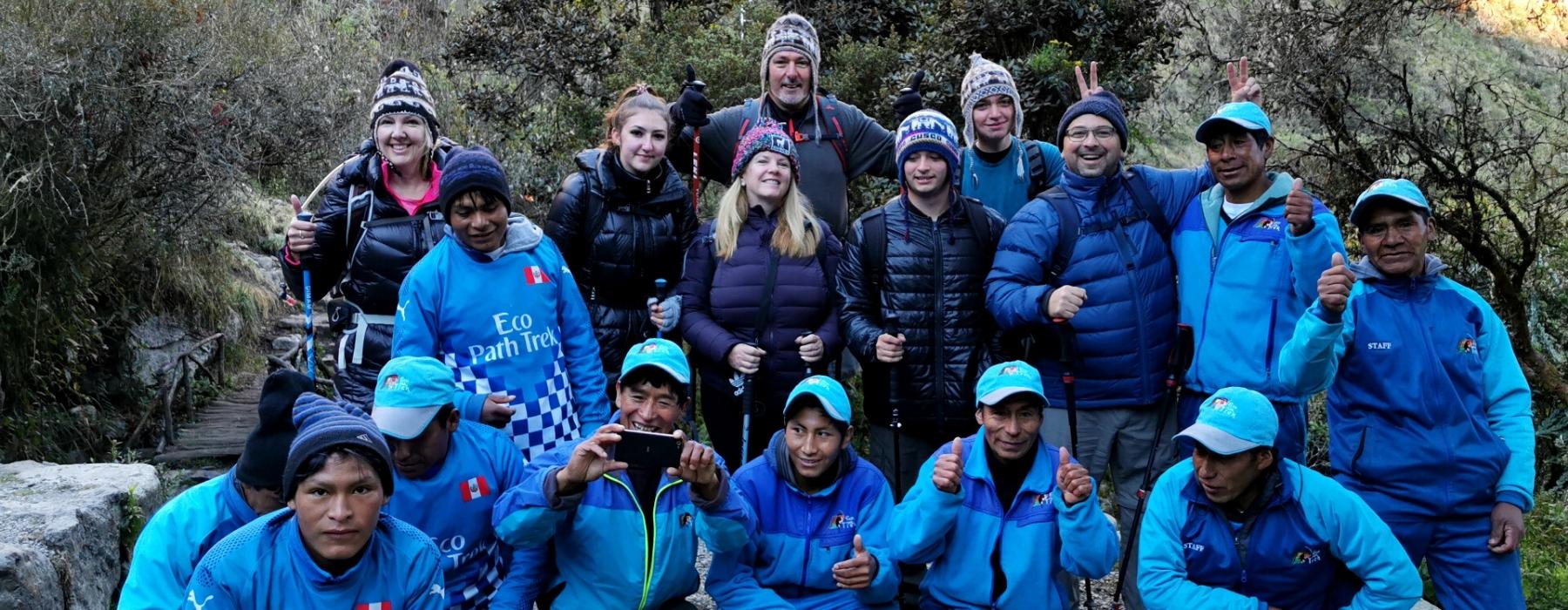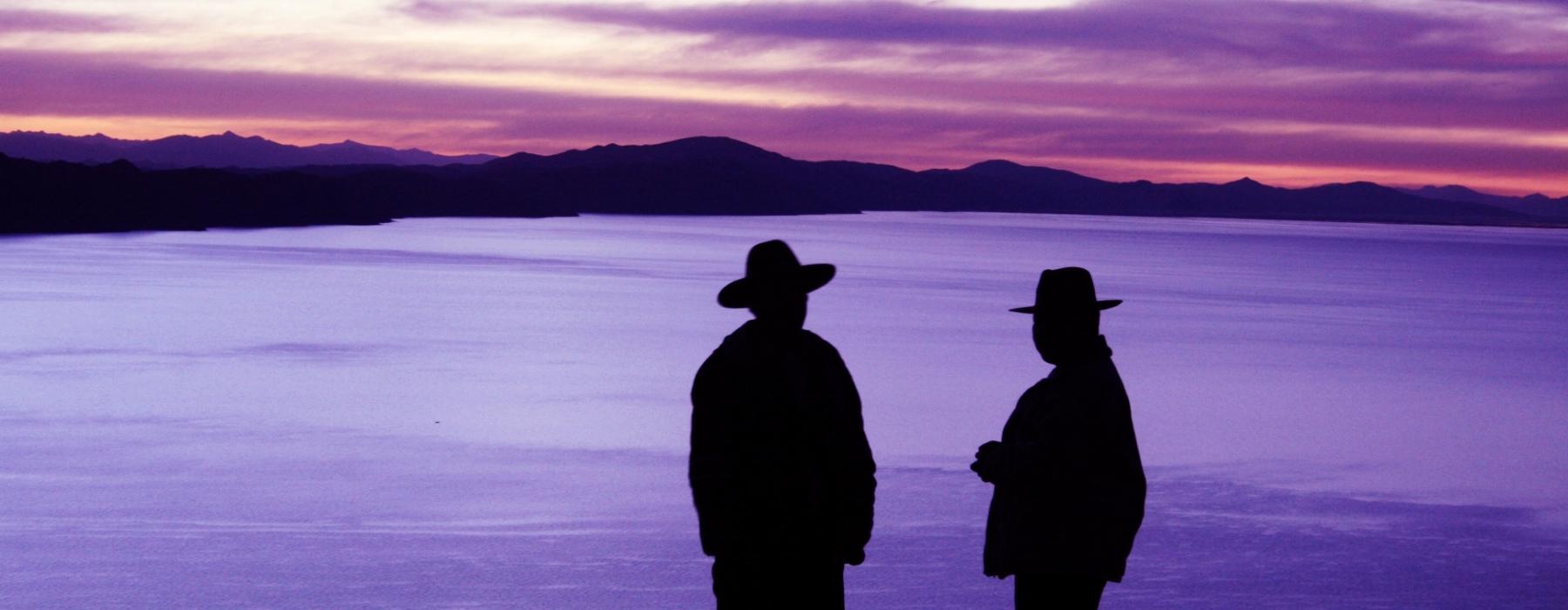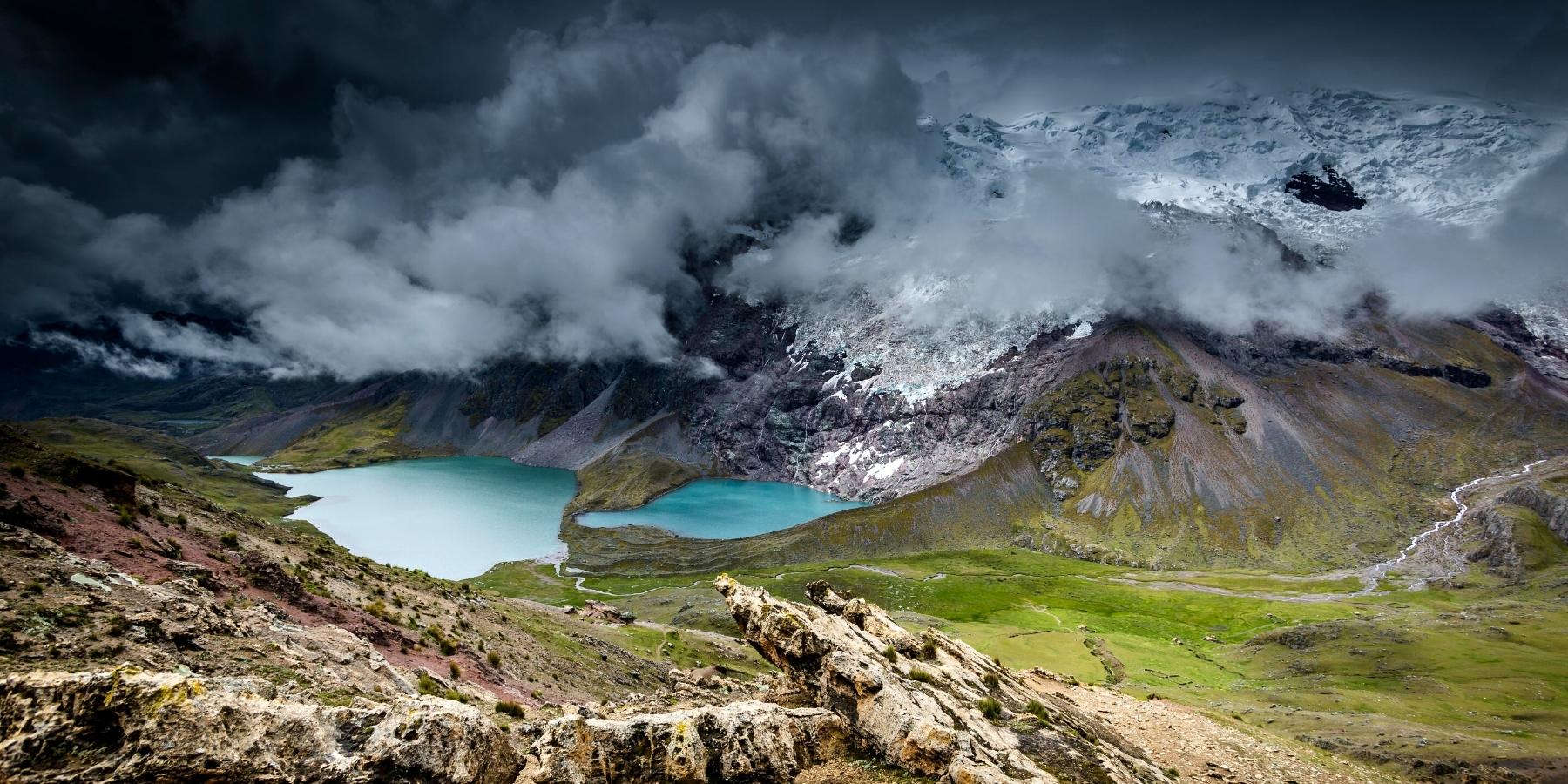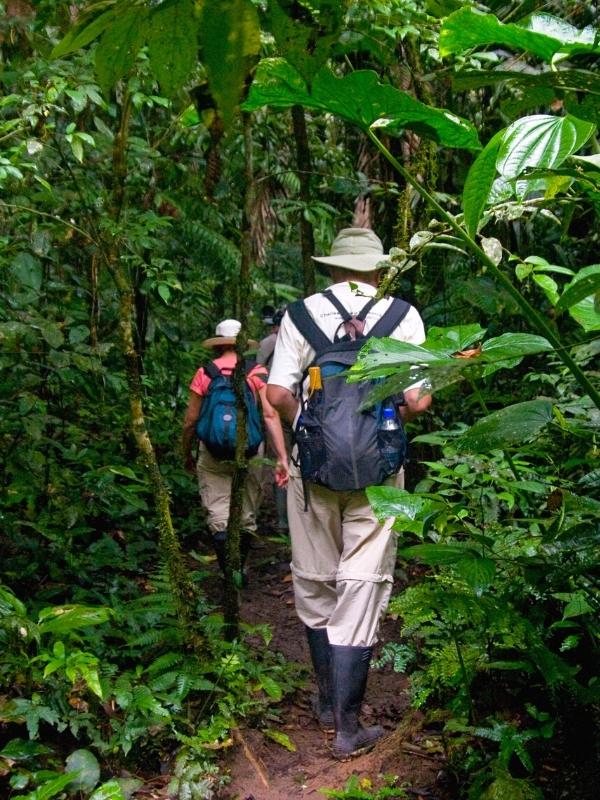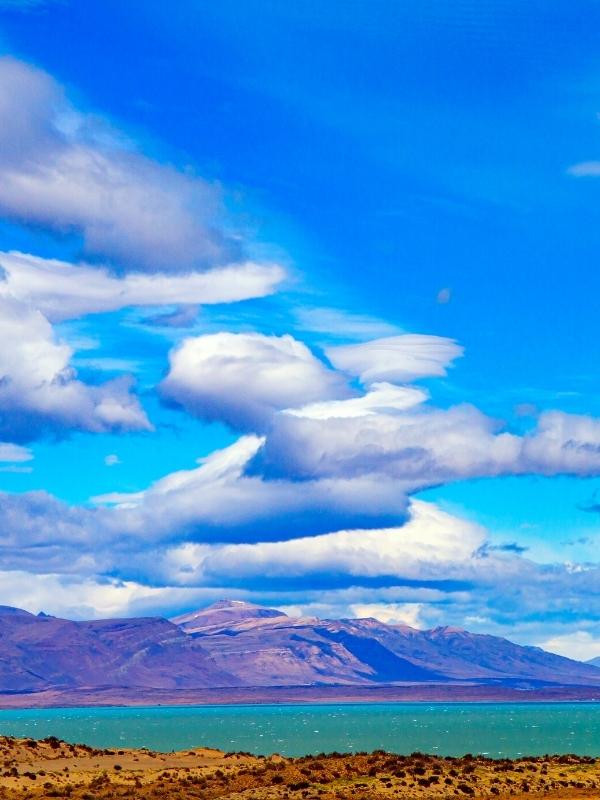CREATION OF THE “AUSANGATE” REGIONAL CONSERVATION AREA
According to Article N ° 2 of the aforementioned supreme decree, the objective of the ACR Ausangate Cusco Regional Conservation Area is to conserve a representative sample of the Puna ecoregion of the Central Andes of Cusco, which contains a high biological, landscape and water regulation value.
The snowy Ausangate is considered a guardian Apu in Cusco, due to its imposing presence and intimate religious-cultural connection that exists with the local population since the time of our ancestors. Its location, the Andean ecosystems, the permanent and quality water services it offers, the high Andean lagoons and the landscapes associated with this glacier, make Ausangate a very important place for its conservation.
Through the publication of Supreme Decree No. 012-2019-Minam, the Peruvian State recently formalized the creation of the Ausangate Regional Conservation Area (ACR) in Cusco, in order to conserve the vast biological wealth available to the place.
This natural area comprises an area of 66,514 hectares and is located between the district of Ocongate (Quispicanchi) and the districts of Pitumarca and Checacupe (Canchis), which as of this date are delimited for the respective protection works.
The extension includes the snowfall of the Ausangate massif and the areas associated with it, so the ACR will contribute to the reduction of the vulnerability of fragile species and ecosystems to climate change and thereby ensure the ecosystem services they provide for the benefit local, regional and national.
The supreme decree also stipulates that the administration and financing of the ACR Ausangate will be fully covered with the institutional budget of the Regional Government of Cusco, responsible in addition to reporting the state of conservation of the perimeter, according to the coordination and procedures established by the National Service of Natural Areas Protected by the State (Sernanp), which in turn will provide guidance and technical support to make ACR management a success.
